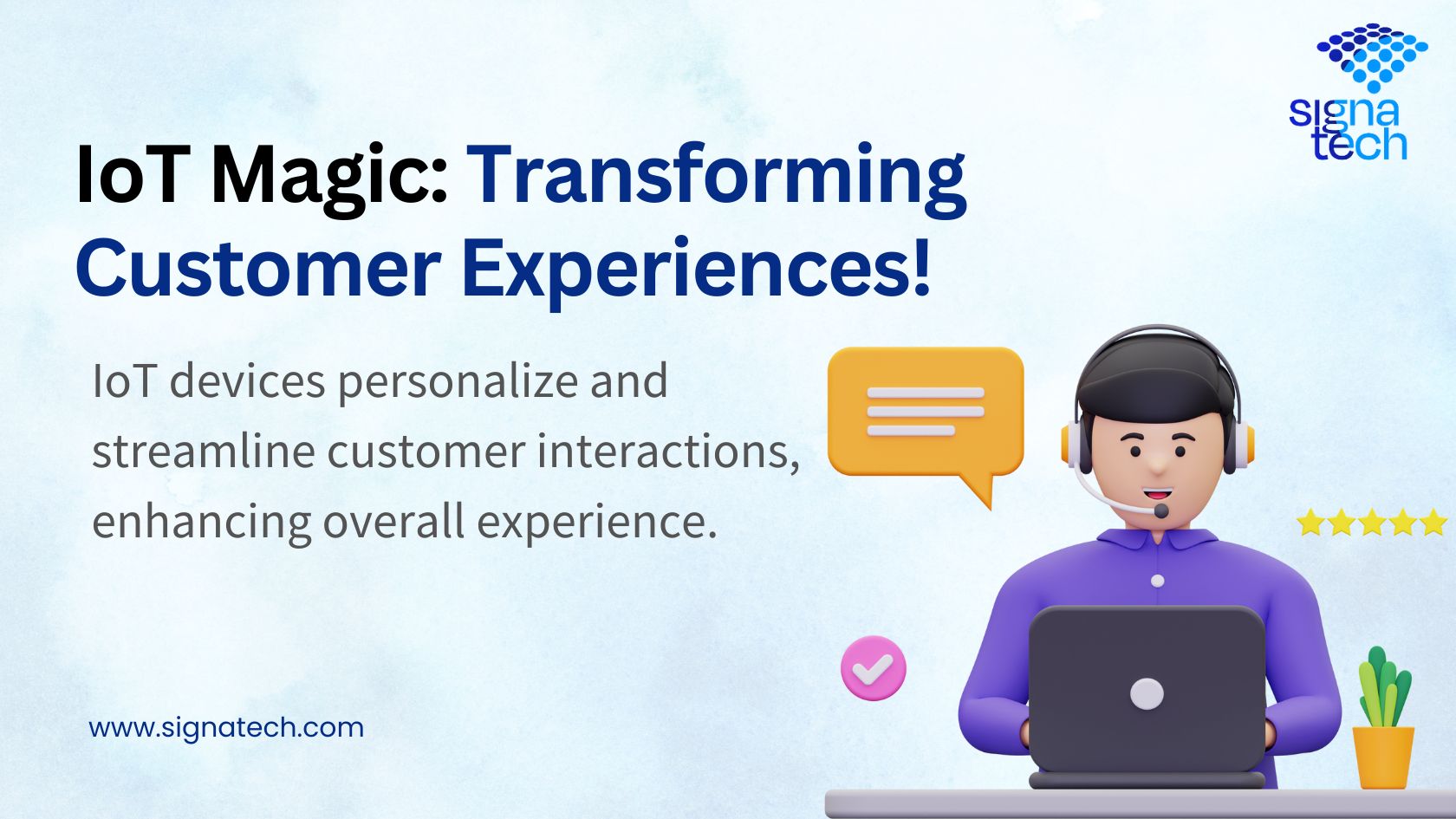In the Modern business environment, the IoT Customer Experience can be regarded as a revolutionary innovation that has changed the ways organizations engage with their clients by using smart devices and connectivity. This evolution is a major milestone in customer experience management since organizations in different industries are using IoT technology to improve customer engagement and experience.
Understanding IoT Customer Experience
IoT Customer Experience can be defined as the recent approach to customer service and interaction enabled by the Internet of Things. It allows the business to gather, process and act on consumer data in real-time and provide the connected consumer with a personalized and superior experience. Therefore, IoT is not just an evolution of technology but a revolution in the customer-business interaction, where the customer experience is more connected and adaptive than ever.
The Role of Smart Devices in Enhancing Service
Smart devices have a central position in this process. From washing machines to smart clothing and smart sensors, these devices gather a huge amount of data that can help to identify customers’ behaviors, their preferences, and requirements. This capability enables the provision of services that are not only faster but also more personalized to the customer’s needs – enhancing CX with IoT.
For instance, smart thermostats adapt to the homeowners’ schedule and preferences to optimize comfort and minimize energy expenses. In retail, smart shelves which are embedded with weight sensors can help monitor the inventory and guarantee that the shelves are never bare, and the things that are popular among the customers are always in stock, which will improve the IoT customer experience.
Transforming Interactions through Customer Interaction Technology
Customer interaction technology has been enhanced by IoT in this generation. These technologies assist in developing a smooth link between the customers and the service providers. For instance, through the use of IoT, self-service kiosks can be used to respond to customer queries, order taking, and recommending products based on the customers’ behavior and previous purchases.
Furthermore, technology improving customer interaction is not only about direct communication. This means that IoT devices are capable of sharing information between themselves in order to enhance the customer experience without the need for human input. For instance, an IoT car can interact with a home heating system to guarantee that the house is warm upon arrival of the occupant, which is the perfect IoT customer experience.
Connected Consumer: A New Age of Customization
The connected consumer is the center of the IoT phenomenon. This consumer also expects the interaction to be fast, personalized, and anticipatory and integrated across different channels. IoT meets these expectations through the use of devices that are capable of learning from the users’ interactions in order to improve the customer experience transformation.
Advantages for the connected consumer are the targeted shopping scenarios where online and physical shopping environments know the consumer and adapt services to them. For instance, a customer who searches for a product on the internet will be followed by advertisements on their smart device, and will find the product placed in the shopping cart as soon as they enter the store.
How IoT Drives Customer Service Innovation
The application of IoT in customer service can significantly decrease the time of problem solving. For instance, IoT devices can report an error to the service provider before the customer himself is aware of the problem as seen in “how IoT changes customer service”. This proactive approach does not only make customers happy but also minimizes the time and inconvenience that may occur.
Furthermore, IoT can enhance customer support by providing the representatives with detailed information about the customer’s usage patterns and history, which will allow them to provide better solutions and advice and thus enhance the CX with IoT.
IoT and Customer Experience: Future Trends
In the future, the application of IoT in improving customer experience is limitless. IoT devices will become even smarter with the help of AI and machine learning, which will enhance the level of personalization of the customers’ interactions and optimize business processes.
Further, as more devices get connected, the data that is generated is going to be even more detailed, which will give even more insights into the customer behavior and create more possibilities for the change in customer experience.
The IoT customer experience is not just a technological fad; it is a brand-new way of interacting with customers. With the advancement of smart devices and the integration of Artificial Intelligence in the devices, the business-customer interaction will further change to become more personalized, efficient and integrated. In this new environment, IoT not only improves the capacity of companies to satisfy customers’ needs but also defines new expectations for a customer experience.
In today’s world where the connected consumer reigns, it is the organizations that will be able to harness IoT to build long-term relationships with their consumers. Looking to the future, the adoption of IoT into customers’ experiences is not just recommended but necessary.
Signa Tech: Pioneering IoT Customer Experience
At Signa Tech, we understand the potential of IoT in delivering superior customer experiences. Our solutions in IoT and Embedded Systems are carefully crafted to fit perfectly into your business processes, so that your company can deliver the best service while being on the cutting edge of technology.
Our promise is to help you close the gap between the current customer communication strategies and the future of customer interaction solutions so that you can turn your customer touch points into customer value points.
